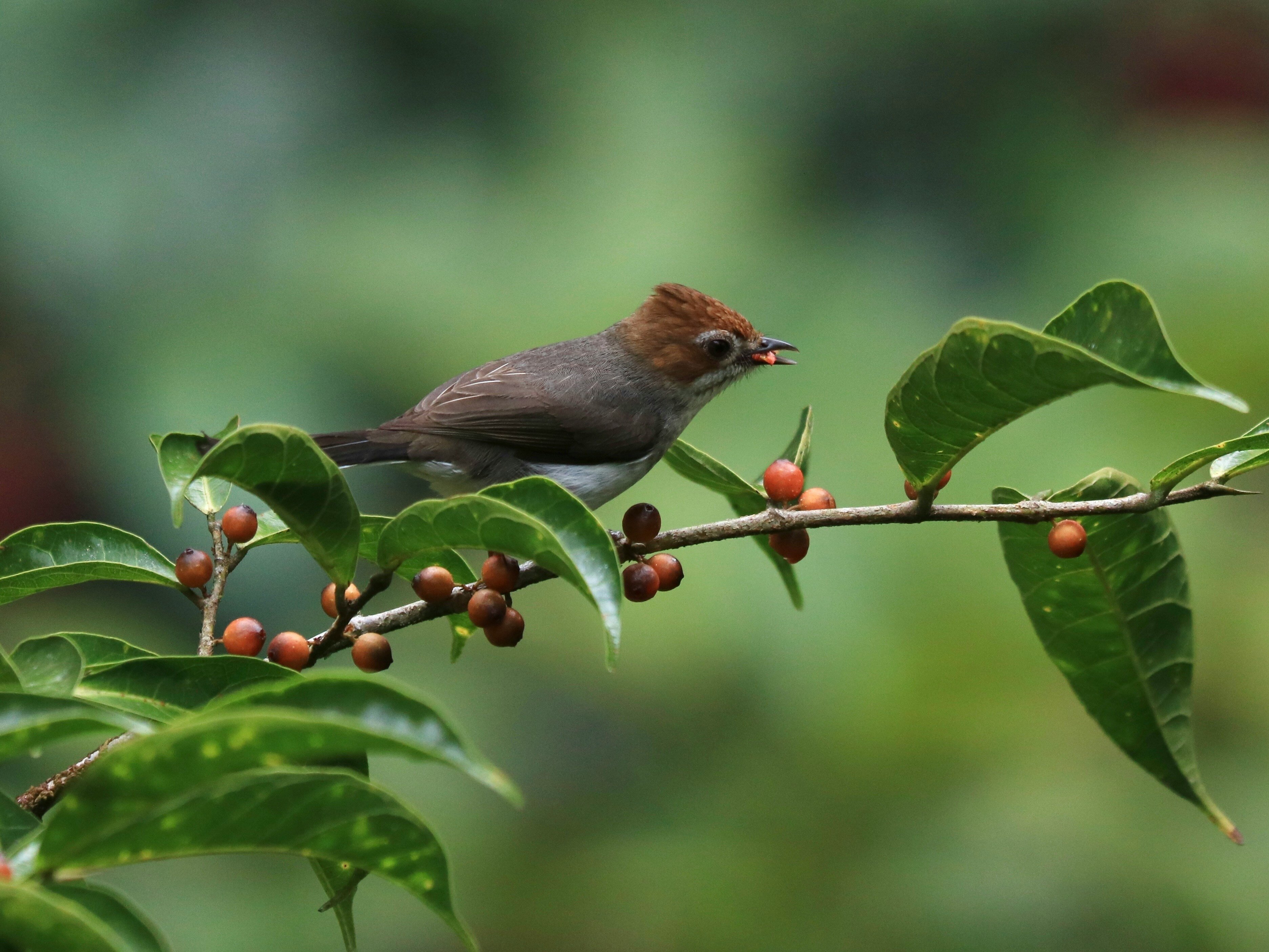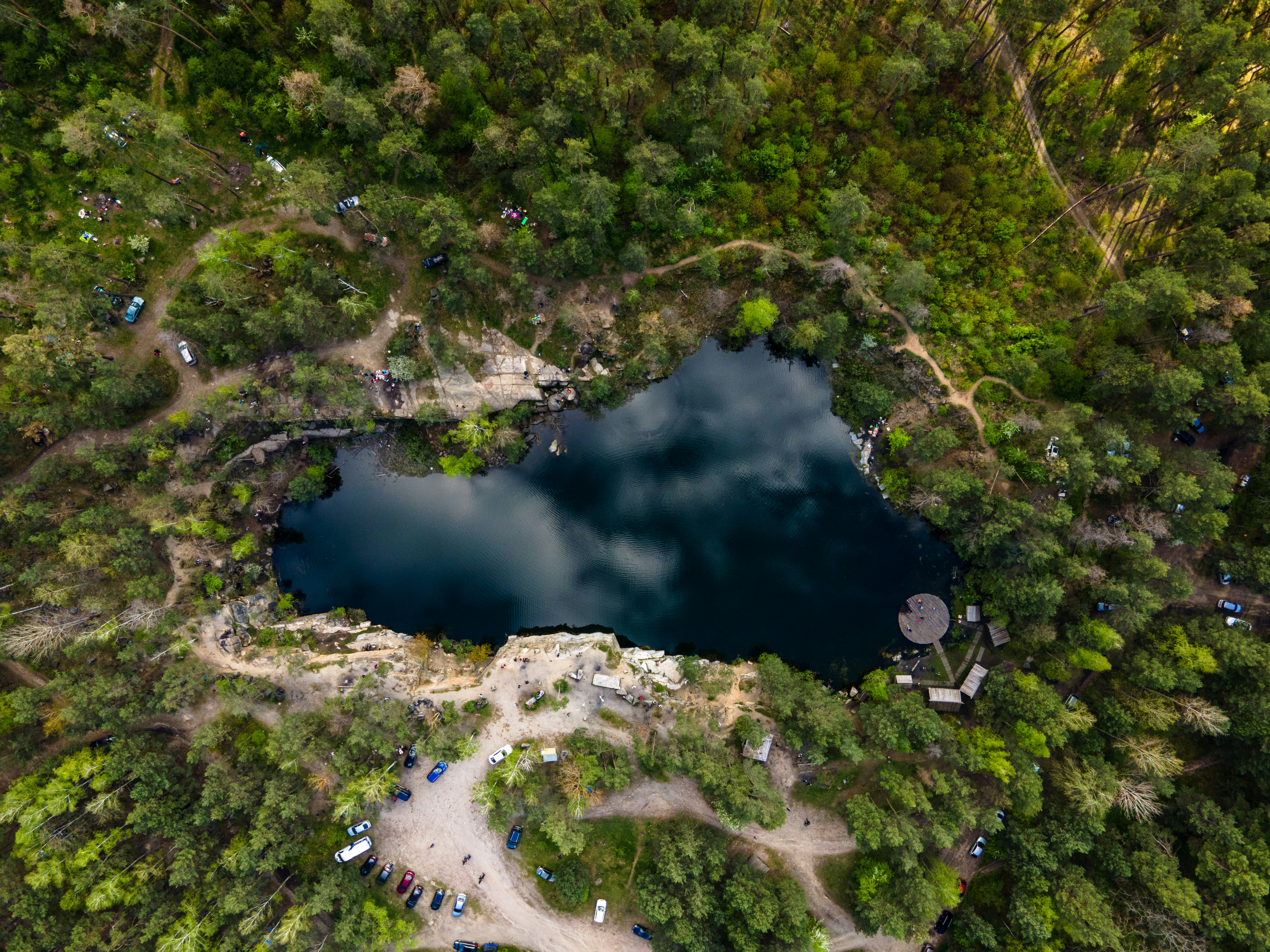Week 36: Conservation Finance News
SIG and WWF launch forest regeneration project in Malaysia
In partnership with WWF, SIG launched a project to manage and restore 170,000 hectares in Malaysia's Ulu Muda Forest Complex. The initiative aims to support resilient forest ecosystems and protect at-risk forests in biodiversity hotspots. The project also focuses on responsible sourcing and sustainability efforts within SIG's value chain. Click here to learn more.
Sultan Nazrin supports Malaysian Tiger Conservation
Sultan of Perak launches Malaysia's largest Harimau Malaya painting in a conservation campaign to raise awareness about the endangered species. The painting, created by renowned artist Lina Ali, supports biodiversity and sustainability efforts for the Malayan tiger. Proceeds from artwork sales will contribute to the Malayan Tiger Conservation Campaign Fund. Click here to learn more.
Sarawak requires legislation before initiating carbon trading
Premier of Sarawak, Tan Sri Abang Johari Tun Openg, stresses the need for federal legislation to kickstart carbon trading in the state. Collaboration with the World Bank is planned for establishing carbon pricing. Signed MOUs aim to promote environmental conservation and renewable energy initiatives. To learn more, you can click here.
Empowering Orang Asli for Malayan tiger conservation
Two "Rumah Baca" learning facilities in Orang Asli villages in Gerik, Perak, funded by Amanah Lestari Alam and the German Embassy, empower Jahai children for Malayan tiger conservation. Capacity-building for indigenous teachers and Menraq patrollers is vital for long-term success, aligning with Global Tiger Day and World Rangers Day. Click here to learn more.
Managing threatened wildlife: Balancing conservation efforts
Efforts to sustain threatened species, like the Malayan tiger in Malaysia, are hindered by factors such as habitat loss and insufficient funding. Solutions include wildlife impact bonds and critical assessment of conservation efforts through advocacy or corporate policy. To know more, you can click here.
Follow PLANMalaysia guidelines for development
All development must follow PLANMalaysia guidelines to prevent incidents. NRES and relevant departments assess land conditions for forest and wildlife impacts. Designation of Environmentally Sensitive Areas ensures safety and environmental protection. Public caution advised for river picnics and following authorities' guidelines. Actions taken to address air and odor pollution issues in Simpang Pulai. To know more, you can click here.
Biota Nexus releases methodology for tokenised biodiversity credits
Biota Nexus introduces a method for creating tokenized biodiversity credits, ensuring integrity and tradeability. Their approach involves five stages from developer selection to market launch, emphasizing conservation success and community engagement. Using blockchain for validation, the pricing strategy aims to compensate landowners fairly and attract buyers. Plans include creating special purpose vehicles and monitoring enhancements through partnerships with nature tech firms. To learn more, you can click here.
Study shows human-wildlife overlap to rise on over half of land by 2070
Researchers predict a significant increase in human-wildlife overlap on over half of global land by 2070, driven mainly by population growth. This poses challenges for biodiversity conservation, especially in high-density regions like China and India, and forests in Africa and South America. Conservation strategies must adapt to address these growing pressures. Click here to learn more.
Oxford and Biodiversity Consultancy propose coordinating nature-positive research for businesses
A UK academic group has proposed a framework to coordinate research on nature-positive actions by businesses, focusing on individual activities, sector strategies, and impact measurements. This aims to guide collaborative efforts to protect and restore nature effectively, highlighting systemic drivers of change, strategic options, implementation strategies, and monitoring outcomes for business engagement in biodiversity conservation. To learn more, click here.
IBAT releases guidelines for TNFD, GRI alignment
The IBAT Alliance has released guidelines aligning with TNFD and GRI standards for corporate disclosures on biodiversity impact. They assess operation sites based on proximity to key biodiversity areas and assign a risk score. Companies are urged to engage stakeholders to validate the impact on nearby protected areas. IBAT's approach supports TNFD's LEAP framework and helps companies meet disclosure requirements. Click here to learn more.



